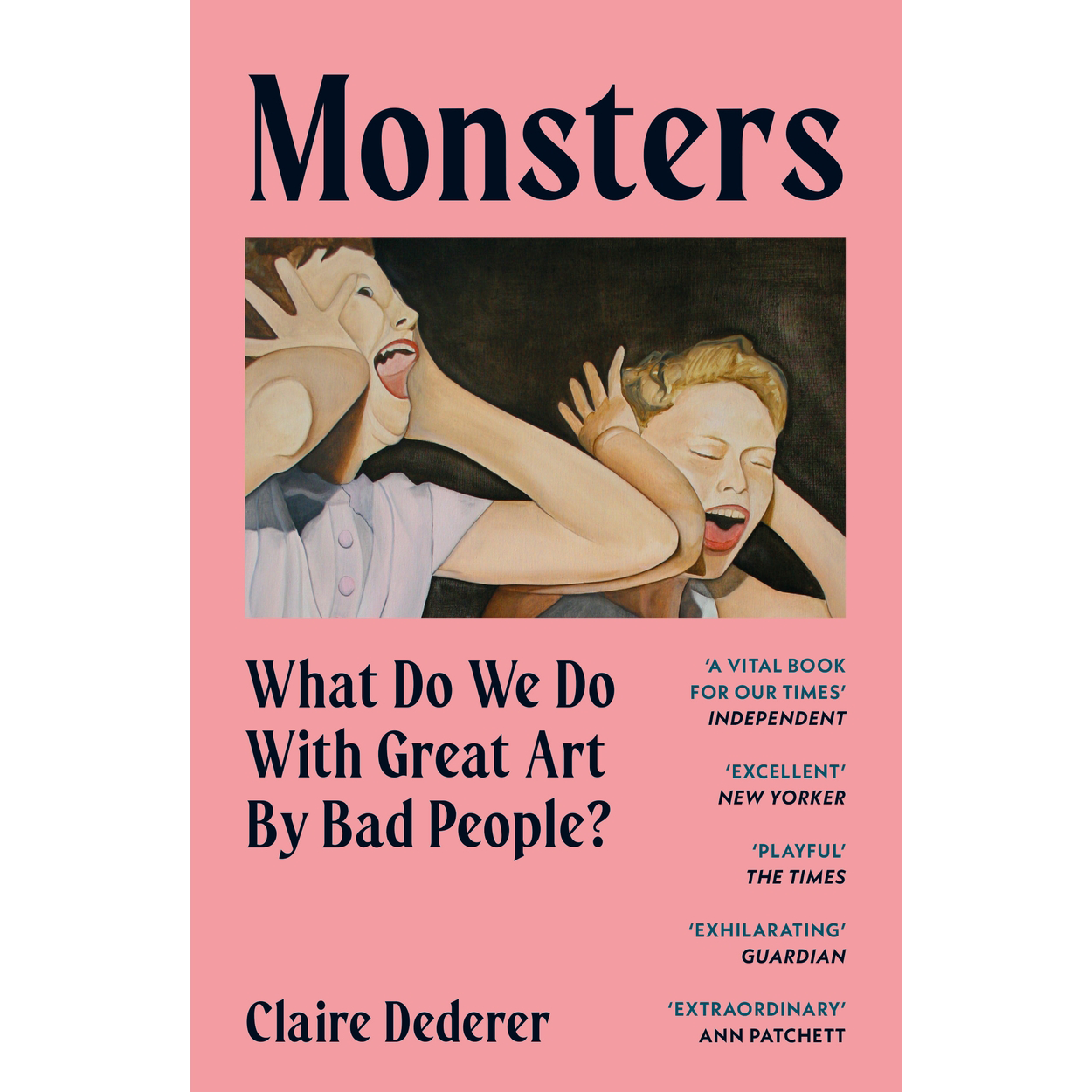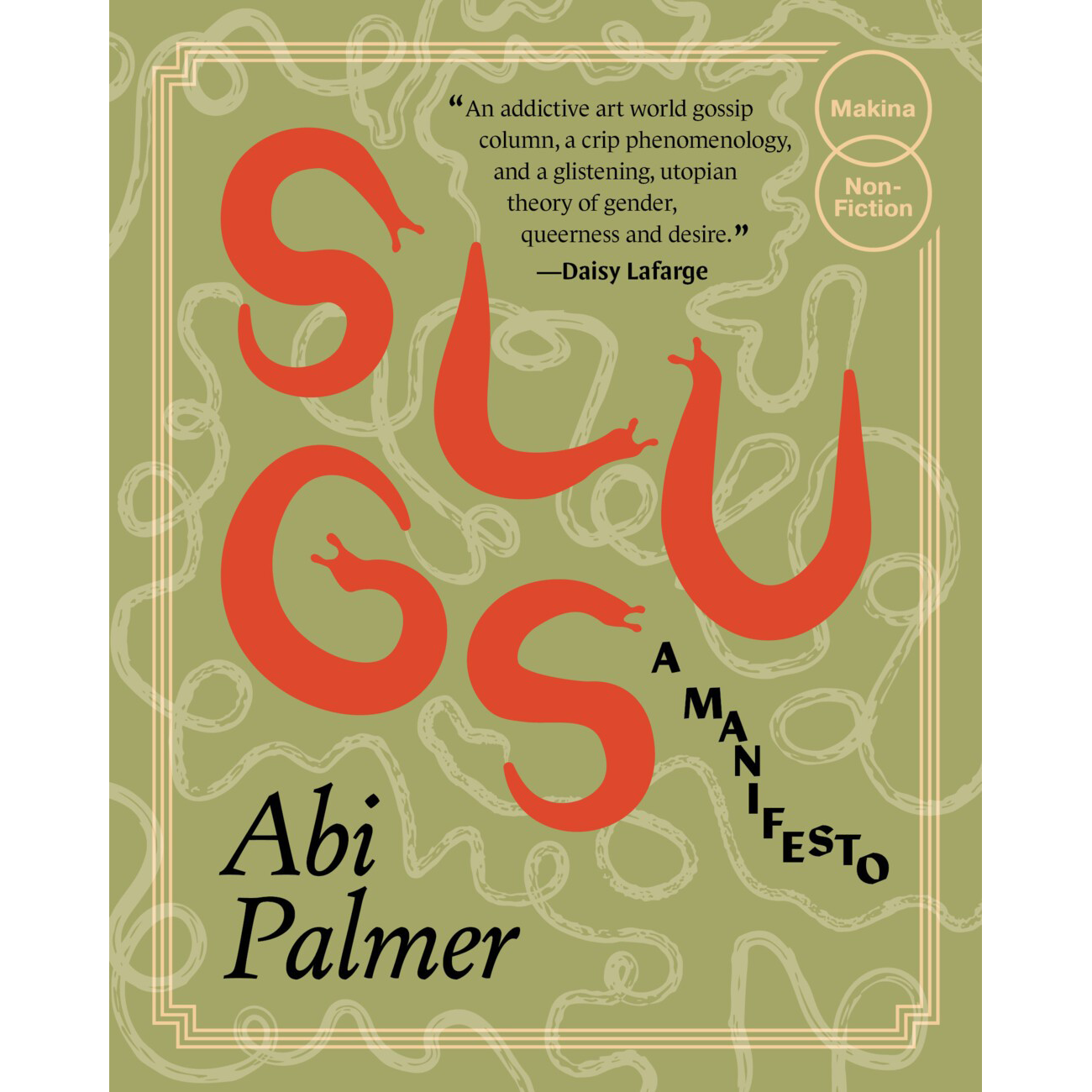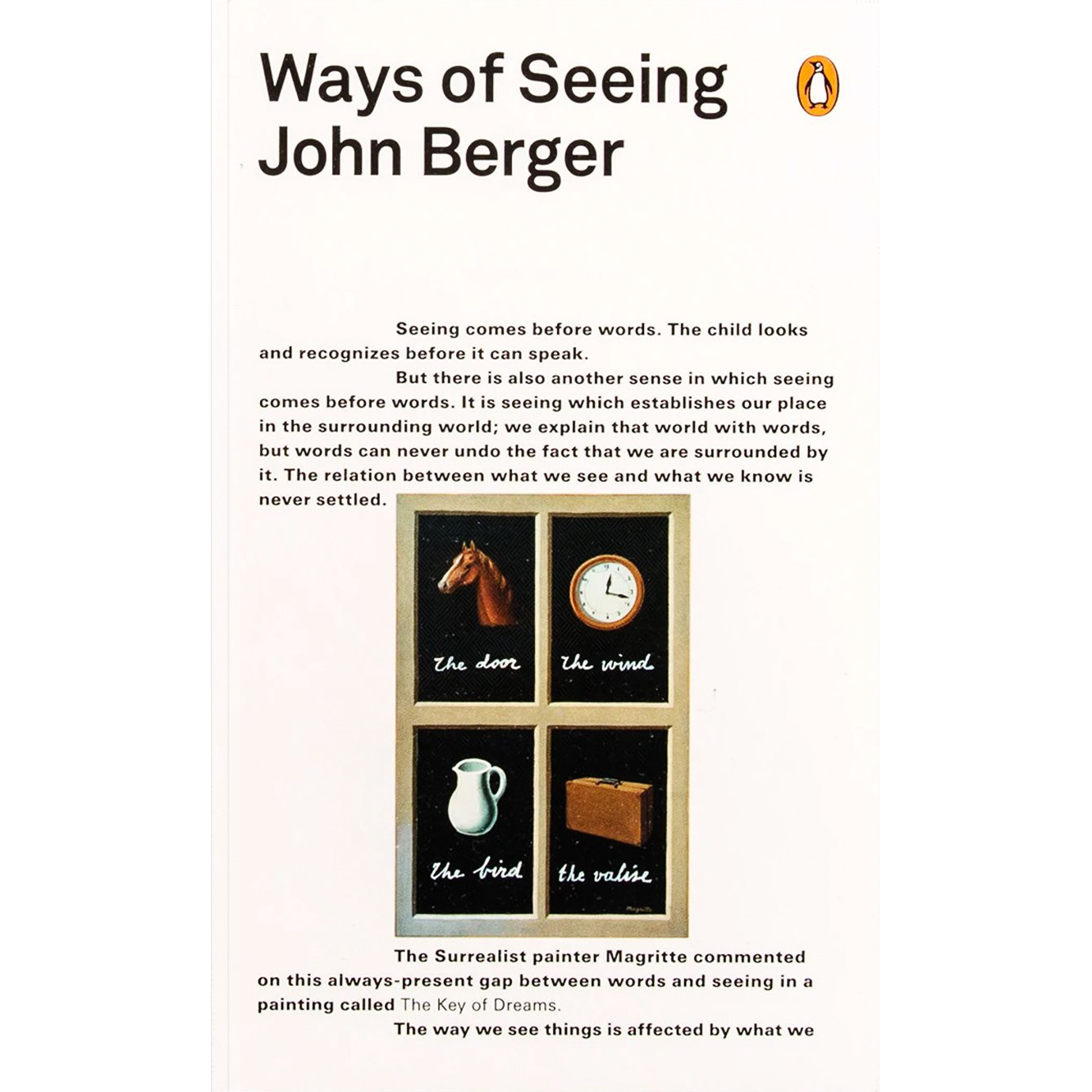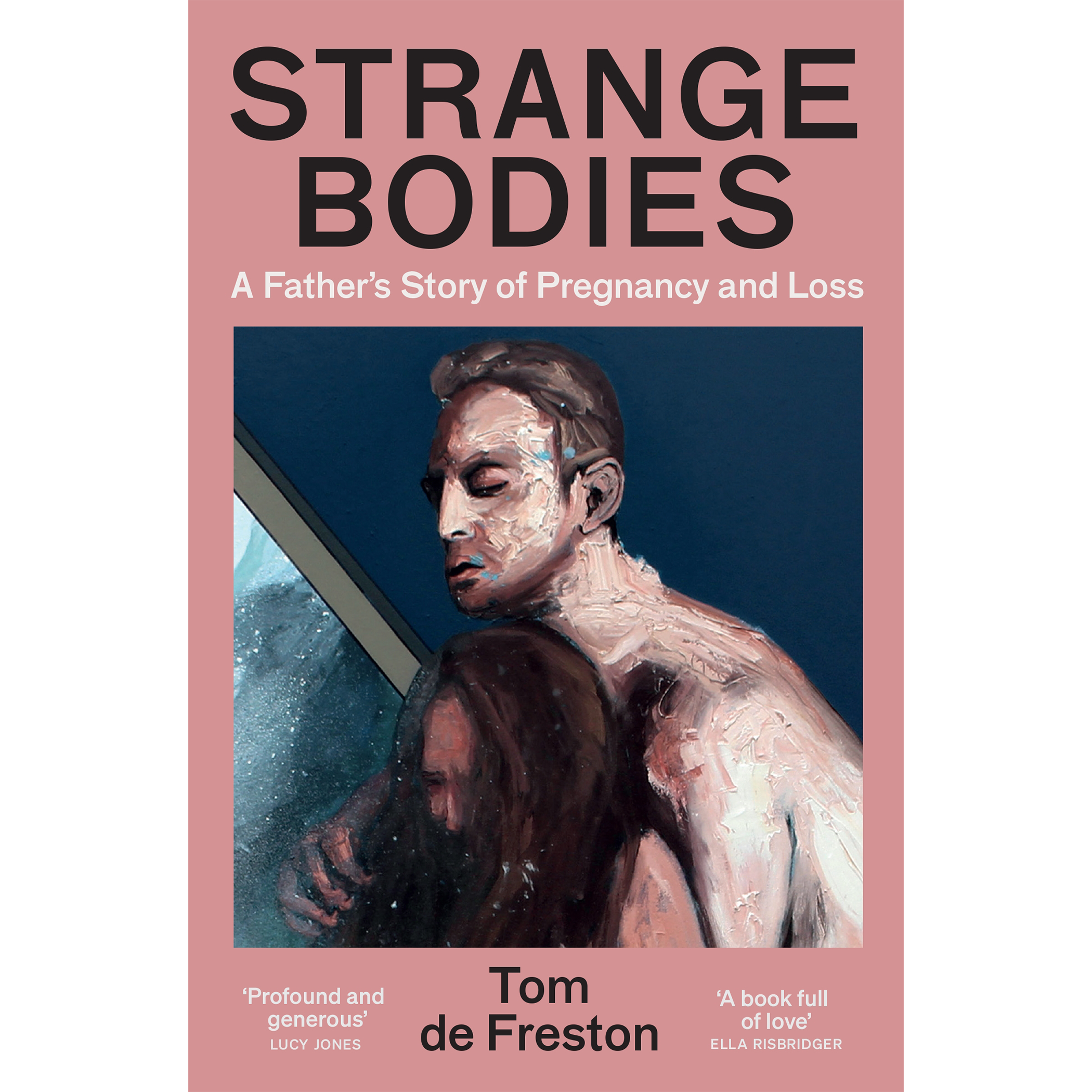This Dark Country
This Dark Country: Women Artists, Still Life and Intimacy in the Early Twentieth Century | By Rebecca Birrell
Lemons gleam in a bowl. Flowers fan out softly in a vase. A door swings open in a sparsely furnished room.
What is contained in a still life - and what falls out of the frame?For women artists in the early twentieth century, including Ethel Sands, Nina Hamnett, Vanessa Bell and Gwen John, who lived in and around the Bloomsbury Group, this art form was a conduit for their lives, their rebellions, their quiet loves for men and women. Gluck, who challenged the framing of her gender and her art, painted flowers arranged by the woman she loved; Dora Carrington, a Slade School graduate, recorded eggs on a table at Tidmarsh Mill, where she built a richly fulfilling if delicate life with Lytton Strachey. But for every artist we remember, there is one we have forgotten; who leaves only elusive traces; whose art was replaced by being a mother or wife; whose remaining artworks lie dusty in archives or attics.
In this boldly original blend of group biography and art criticism, Rebecca Birrell brings these shadowy figures into the light and conducts a dazzling investigation into the structures of intimacy that make - and dismantle - our worlds.
This Dark Country: Women Artists, Still Life and Intimacy in the Early Twentieth Century | By Rebecca Birrell
Lemons gleam in a bowl. Flowers fan out softly in a vase. A door swings open in a sparsely furnished room.
What is contained in a still life - and what falls out of the frame?For women artists in the early twentieth century, including Ethel Sands, Nina Hamnett, Vanessa Bell and Gwen John, who lived in and around the Bloomsbury Group, this art form was a conduit for their lives, their rebellions, their quiet loves for men and women. Gluck, who challenged the framing of her gender and her art, painted flowers arranged by the woman she loved; Dora Carrington, a Slade School graduate, recorded eggs on a table at Tidmarsh Mill, where she built a richly fulfilling if delicate life with Lytton Strachey. But for every artist we remember, there is one we have forgotten; who leaves only elusive traces; whose art was replaced by being a mother or wife; whose remaining artworks lie dusty in archives or attics.
In this boldly original blend of group biography and art criticism, Rebecca Birrell brings these shadowy figures into the light and conducts a dazzling investigation into the structures of intimacy that make - and dismantle - our worlds.
This Dark Country: Women Artists, Still Life and Intimacy in the Early Twentieth Century | By Rebecca Birrell
Lemons gleam in a bowl. Flowers fan out softly in a vase. A door swings open in a sparsely furnished room.
What is contained in a still life - and what falls out of the frame?For women artists in the early twentieth century, including Ethel Sands, Nina Hamnett, Vanessa Bell and Gwen John, who lived in and around the Bloomsbury Group, this art form was a conduit for their lives, their rebellions, their quiet loves for men and women. Gluck, who challenged the framing of her gender and her art, painted flowers arranged by the woman she loved; Dora Carrington, a Slade School graduate, recorded eggs on a table at Tidmarsh Mill, where she built a richly fulfilling if delicate life with Lytton Strachey. But for every artist we remember, there is one we have forgotten; who leaves only elusive traces; whose art was replaced by being a mother or wife; whose remaining artworks lie dusty in archives or attics.
In this boldly original blend of group biography and art criticism, Rebecca Birrell brings these shadowy figures into the light and conducts a dazzling investigation into the structures of intimacy that make - and dismantle - our worlds.






